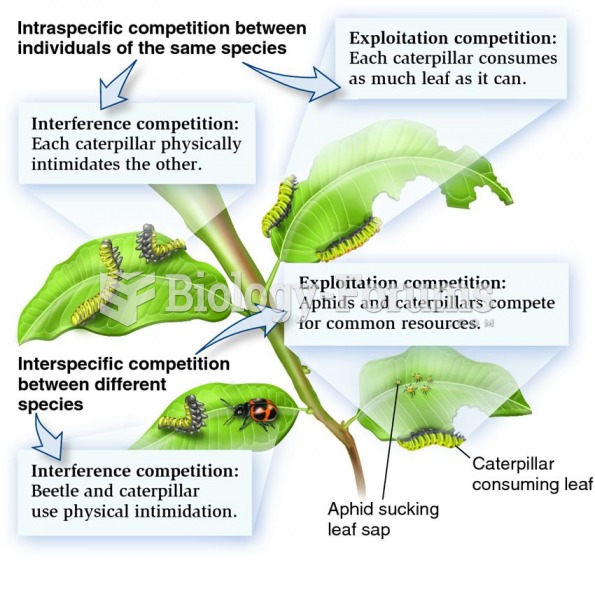Answer to Question 1
Pests are any organism that is noxious, destructive, or troublesome to humans. Many pests are organisms that directly compete with humans. These pests consume food humans grow, gather, hunt, etc. We compete for the same food source. Some organisms are considered pests because they carry human diseases (e.g., mosquitoes, ticks, flies). Other pests bother us because they create messes (e.g., squirrels, raccoons, birds). Examples of pests include fungi, viruses, worms, snails, slugs, rats, mice, birds, and weeds.
Answer to Question 2
Most scientific theories, laws, facts, etc., began with observations and assumptions. A simple example is no matter how far you put something into the air, it always falls to the groundthis eventually led to the Law of Gravity. People assumed if they let go of something, it would fall. These observations and assumptions lead to experimentation and conclusions. Conclusions become a theory only after much testing and confirmation that it is logically consistent with all observationsand there is always the possibility that new information or better observation techniques (such as better microscopes or telescopes) will lead to new theories. It is sometimes more informative if a hypothesis is proven wrong then if the data seems to show it is correct. Through logical reasoning, theories will generally suggest or predict certain events. If an event predicted by a theory is observed, the observation provides strong evidence for the truth of the theory. Predictions require experiments, testing, further data gathering, and more observation. Theories or concepts are perfectly valid explanations of data gathered from the natural world, and they can also be predictive: they model the way we believe the natural world works and enable us to make qualified predictions of future outcomes. For example, if we know that PCBs have a half-life of hundreds of years, we can predict that they will be in the Great Lakes and food chains long after we are gone. Scientific thinking and research requires data, quantification, accurate observations, and experimentation.







